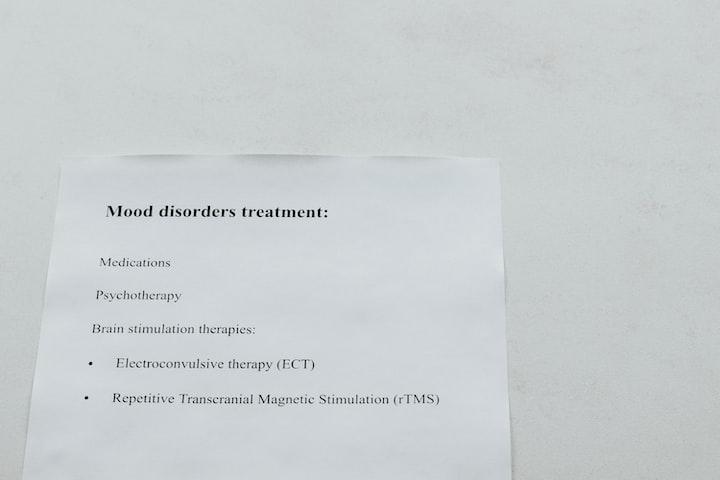There is no sole answer, as the best therapy for trauma will vary depending on the individual and the specific nature of their trauma. However, some of the most effective therapies for treating trauma include cognitive behavioral therapy (CBT), eye movement desensitization and reprocessing (EMDR), and exposure therapy.
Cognitive behavioral therapy can be helpful in addressing the negative thoughts and beliefs that can develop after a traumatic event. This type of therapy can help individuals to challenge and reframe their thinking, which can ultimately lead to improved coping and functioning. EMDR is a specialized form of CBT that uses eye movements or other forms of bilateral stimulation to help individuals process and heal from their trauma. Exposure therapy is a highly effective but potentially challenging treatment for trauma that involves gradually exposing an individual to their fears in a safe and controlled environment. This type of exposure can help people to overcome their avoidance behaviors and learn new coping skills.
Cognitive behavioral therapy (CBT) CBT is often considered the first line of defense against trauma
Cognitive behavioral therapy (CBT) is a type of treatment that focuses on helping the individual to change the way they think about and react to their experiences. CBT has been found to be an effective treatment for trauma, and is often considered the first line of defense against trauma.
CBT can help individuals to process and make sense of their experiences, as well as to develop healthy coping mechanisms. CBT also teaches individuals how to identify and challenge negative thoughts and beliefs that may be contributing to their distress.
One of the main goals of CBT for trauma is exposure therapy. This involves gradually exposing the individual to thoughts, feelings, and memories related to their trauma in a safe and controlled environment. Exposure therapy can help individuals to overcome their fear of these memories and eventually reduce or eliminate symptoms associated with PTSD.
Prolonged exposure (PE) therapy
Prolonged exposure therapy is a specific type of cognitive-behavioral therapy that was developed to help people who suffer from post-traumatic stress disorder (PTSD). The goal of this therapy is to help people confront their fears and learn how to cope with the memories and emotions that are associated with their traumas.
One of the main components of prolonged exposure therapy is exposure to the things that trigger a person’s PTSD symptoms. This may include talking about the traumatic event, thinking about it, or even visiting places or seeing people that remind them of the trauma. The idea behind this is that by repeatedly facing these triggers, the person will eventually become less afraid and more able to cope.
In addition to exposure, prolonged exposure therapy also teaches people skills for managing their anxiety and improving their overall wellbeing. These skills may include relaxation techniques, problem-solving strategies, and ways to deal with intrusive thoughts and flashbacks. The aim is for the person to eventually be able to manage their symptoms without needing constant help from a therapist.
If you are considering seeking treatment for your PTSD, then prolonged exposure therapy could be an option worth considering. This type of treatment has been shown to be effective in reducing symptoms in many people who have undergone it. It is important to speak with a mental health professional about whether this approach would be right for you before making any decisions though.
Eye movement desensitization and reprocessing (EMDR)
What is EMDR?
EMDR is a type of therapy that can help people heal from trauma. It is a form of exposure therapy, which means it helps people to confront and process their memories of traumatic events. EMDR has been shown to be an effective treatment for post-traumatic stress disorder (PTSD).
How does EMDR work?
EMDR helps people to process their memories of trauma by having them move their eyes back and forth while recalling the event. This eye movement is thought to help the brain to reprocess the memory, which can lead to a reduction in the symptoms of PTSD.
What are the benefits of EMDR?
There are many benefits of EMDR, including: • Reduced symptoms of PTSD • Increased ability to cope with triggers • Increased sense of control over one’s life • Improved relationships
